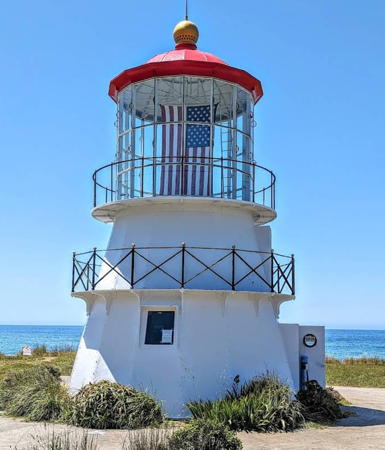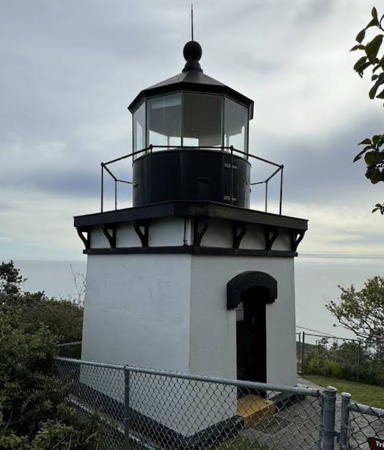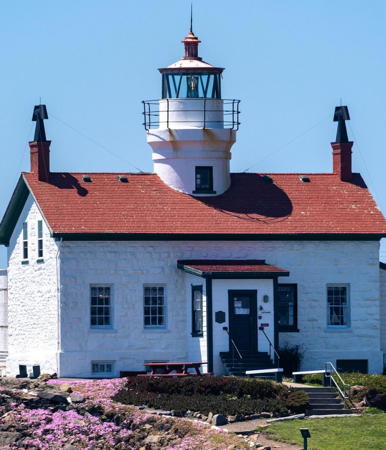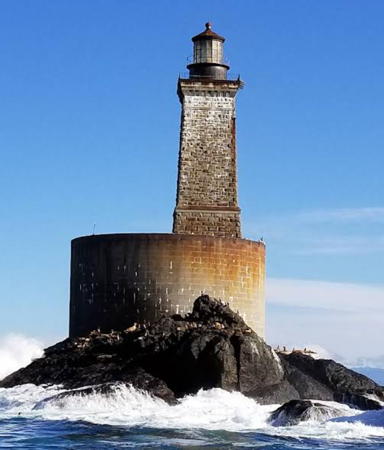The United States of America is a federal union of 50 states and a capital district. The west coast state of California is the most populous state in the nation with a population approaching 40 million. It is also the third largest state, with a coastline on the Pacific Ocean about 840 mi (1350 km) long.
Formerly a Mexican territory, California became part of the U.S. after the Mexican War of 1848. The famous Gold Rush began in 1849 and the first lighthouses were built a few years later. These early lights, like the Point Pinos Light at right and the Battery Point Light shown near the bottom of the page, were built in a what was then a typical New England style. Ironically there are no examples of this style surviving in New England, so the only place to see these traditional New England lighthouses is in California.
This page includes the lighthouses of the northern California coasts from Monterey County north to the Oregon border. This area includes about two thirds of the state and includes the San Francisco Bay metropolitan area. Lighthouses of Southern California are on a separate page.
Navigational aids in the United States are operated by the U.S. Coast Guard but ownership (and sometimes operation) of historic lighthouses has been transferred to local authorities and preservation organizations in many cases. Aids to navigation in California are maintained by the Eleventh Coast Guard District with Aids to Navigation Teams at San Francisco and Humboldt Bay.
ARLHS numbers are from the ARLHS World List of Lights. Admiralty numbers are from volume G of the Admiralty List of Lights & Fog Signals. USCG numbers are from Vol. VI of the USCG Light List.
- General Sources
California Lighthouses - An excellent site by Kraig Anderson, with information and photos on each of the light stations.
- Lighthouses in California, United States
- Aerial photos posted by Marinas.com.
- Online List of Lights - California
- Photos by various photographers posted by Alexander Trabas. Many of the photos for the San Francisco area are by Michael Boucher.
- California Lighthouses
- Fine photos of 33 sites by Robert English.
- California Lighthouses
- A site by Ed Litfin, with very fine photos, maps, and visitor information.
- Lighthouses of California
- A collection of photos by Bryan Penberthy and Michael Jackman.
- California, United States Lighthouses
- Aerial photos posted by Marinas.com.
- Lighthouses in California
- Photos by various photographers available from Wikimedia.
- World of Lighthouses - California and Hawaii
- Photos by various photographers available from Lightphotos.net.
- Leuchttürme USA auf historischen Postkarten
- Historic postcard images posted by Klaus Huelse.
- U.S. Coast Guard Navigation Center: Light Lists
- The USCG Light List can be downloaded in pdf format.
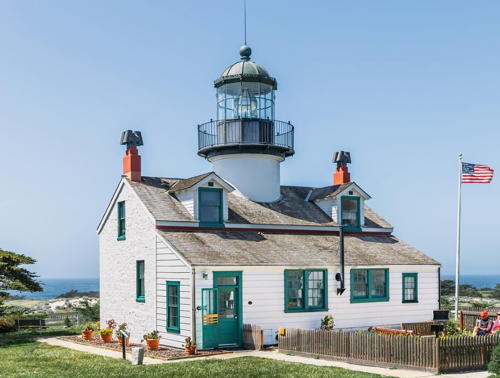
Point Pinos Light, Pacific Grove, April 2019
Instagram photo
by Matthew Sweat
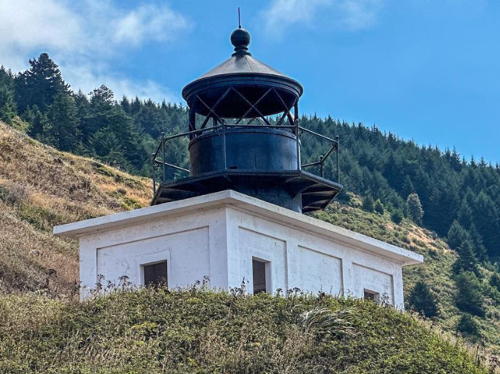
Punta Gorda Light, Humboldt County, August 2023
Instagram photo by Mary Bernsen

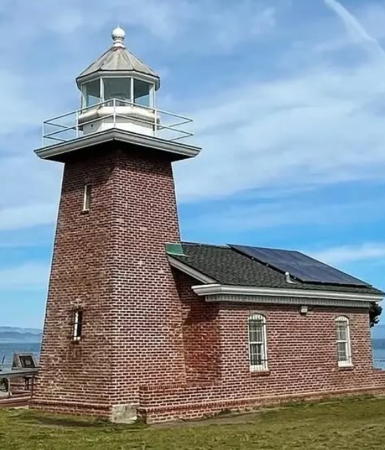
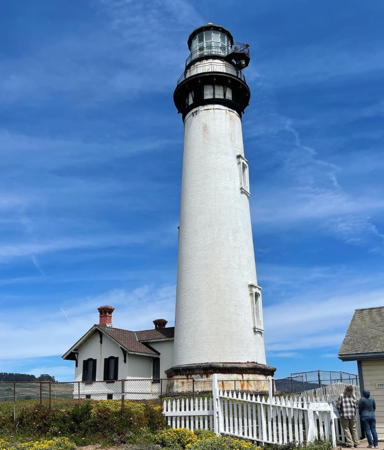
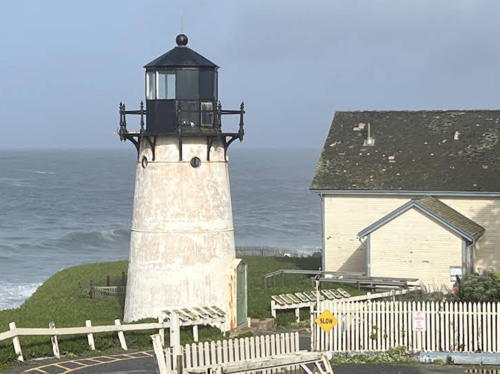
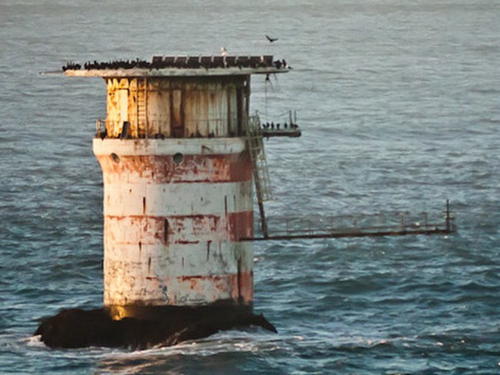
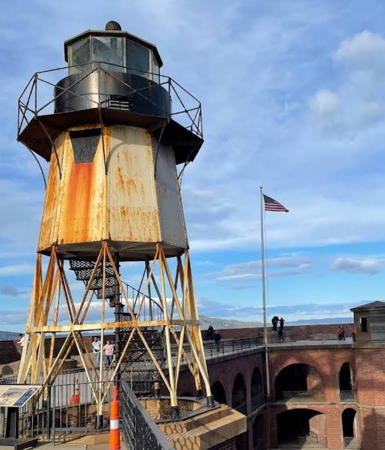
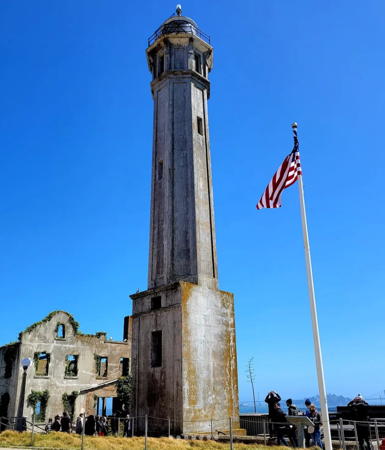
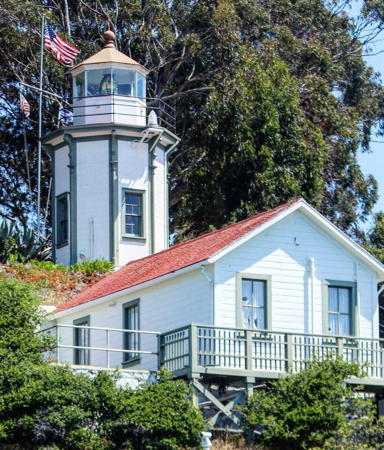
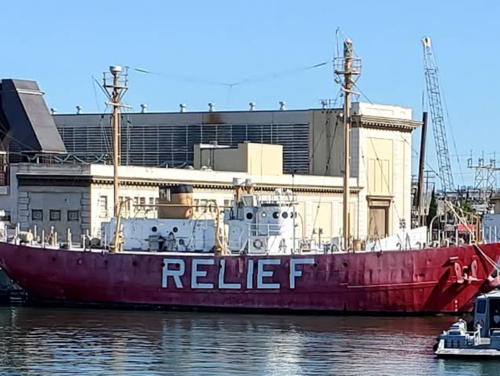
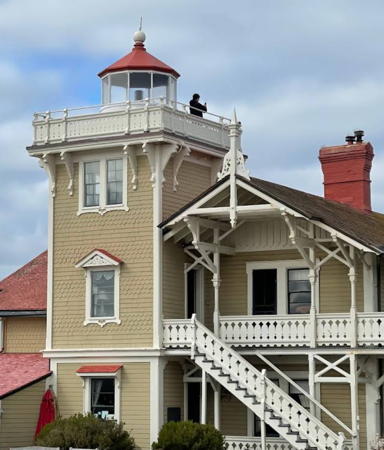

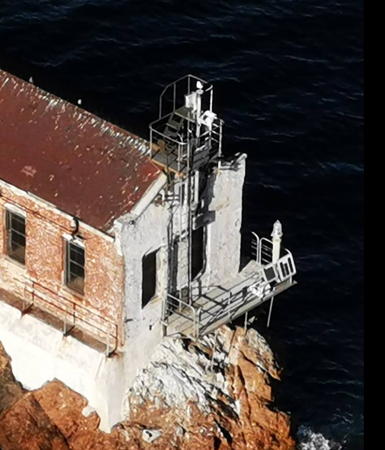
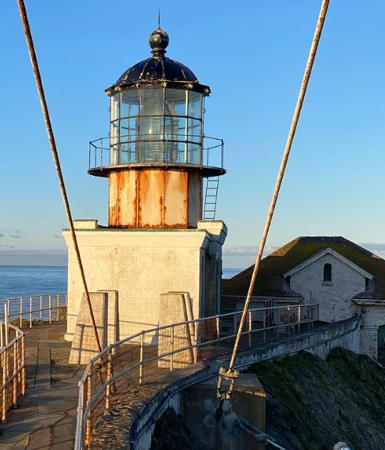

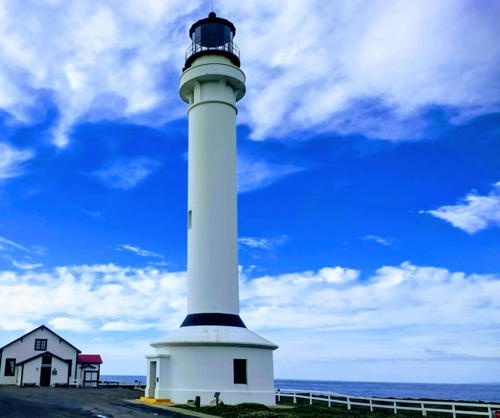
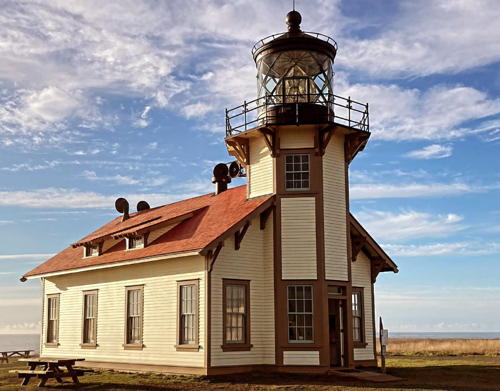 Point Cabrillo Light, Mendocino, November 2023
Point Cabrillo Light, Mendocino, November 2023